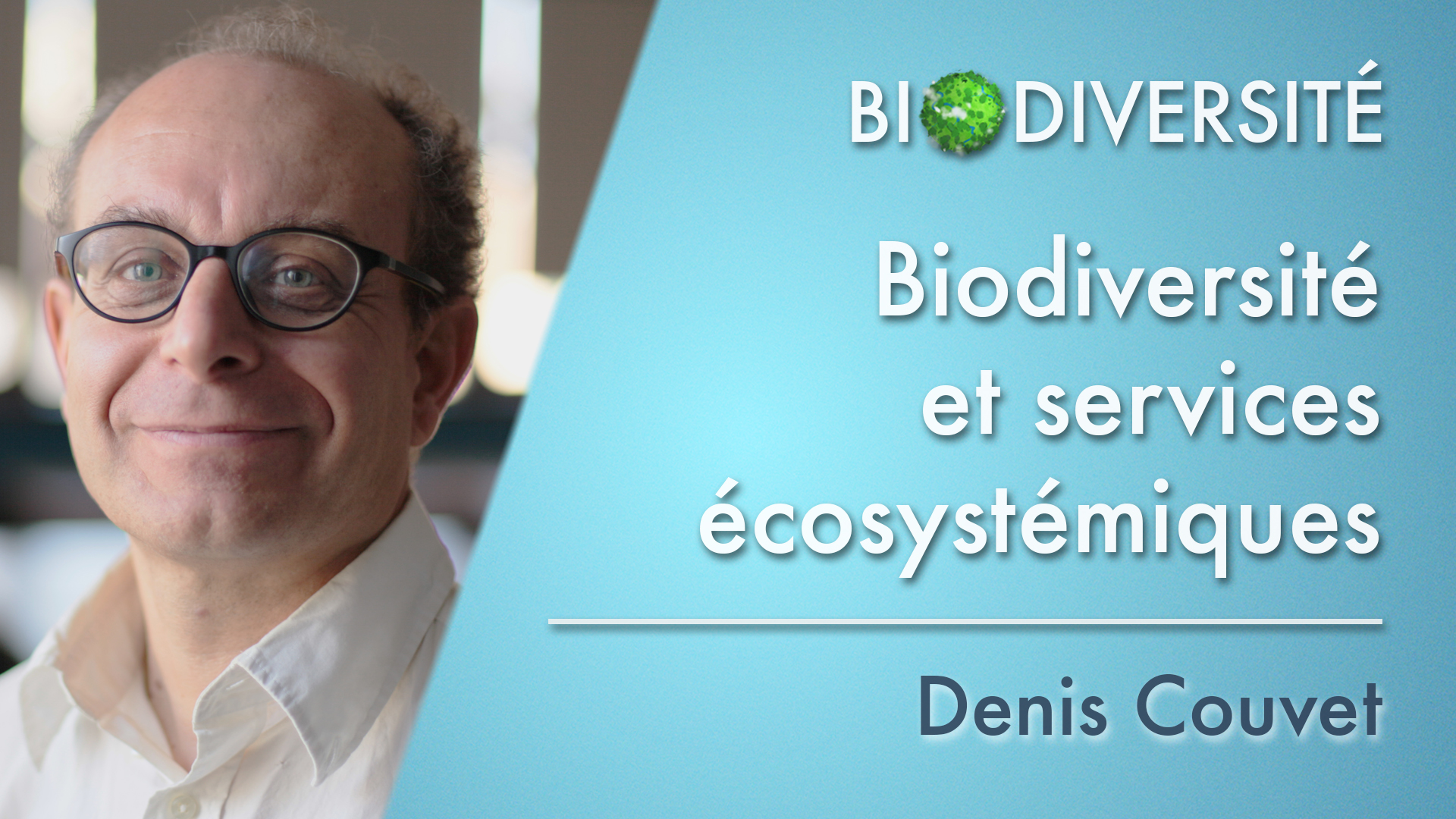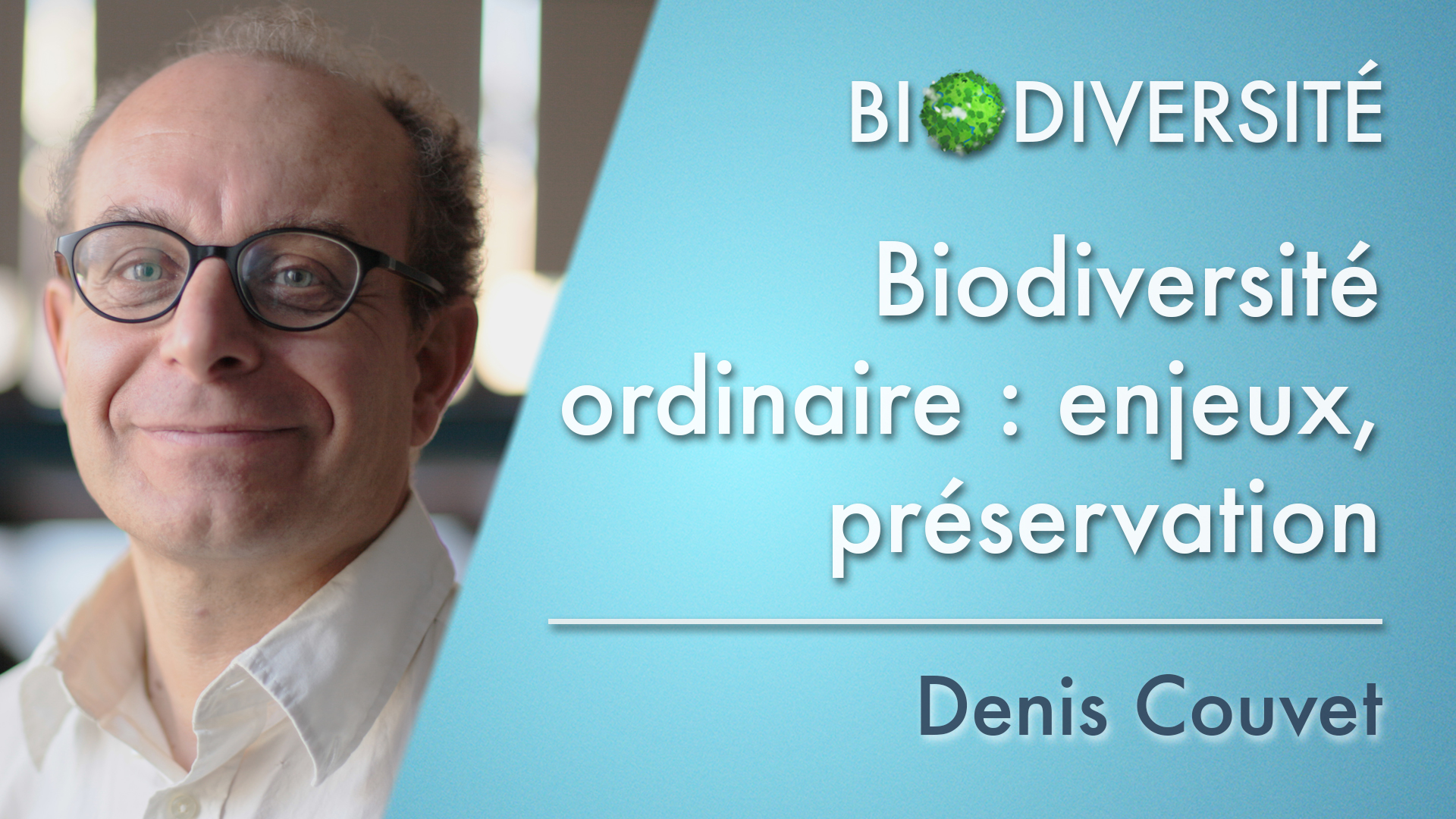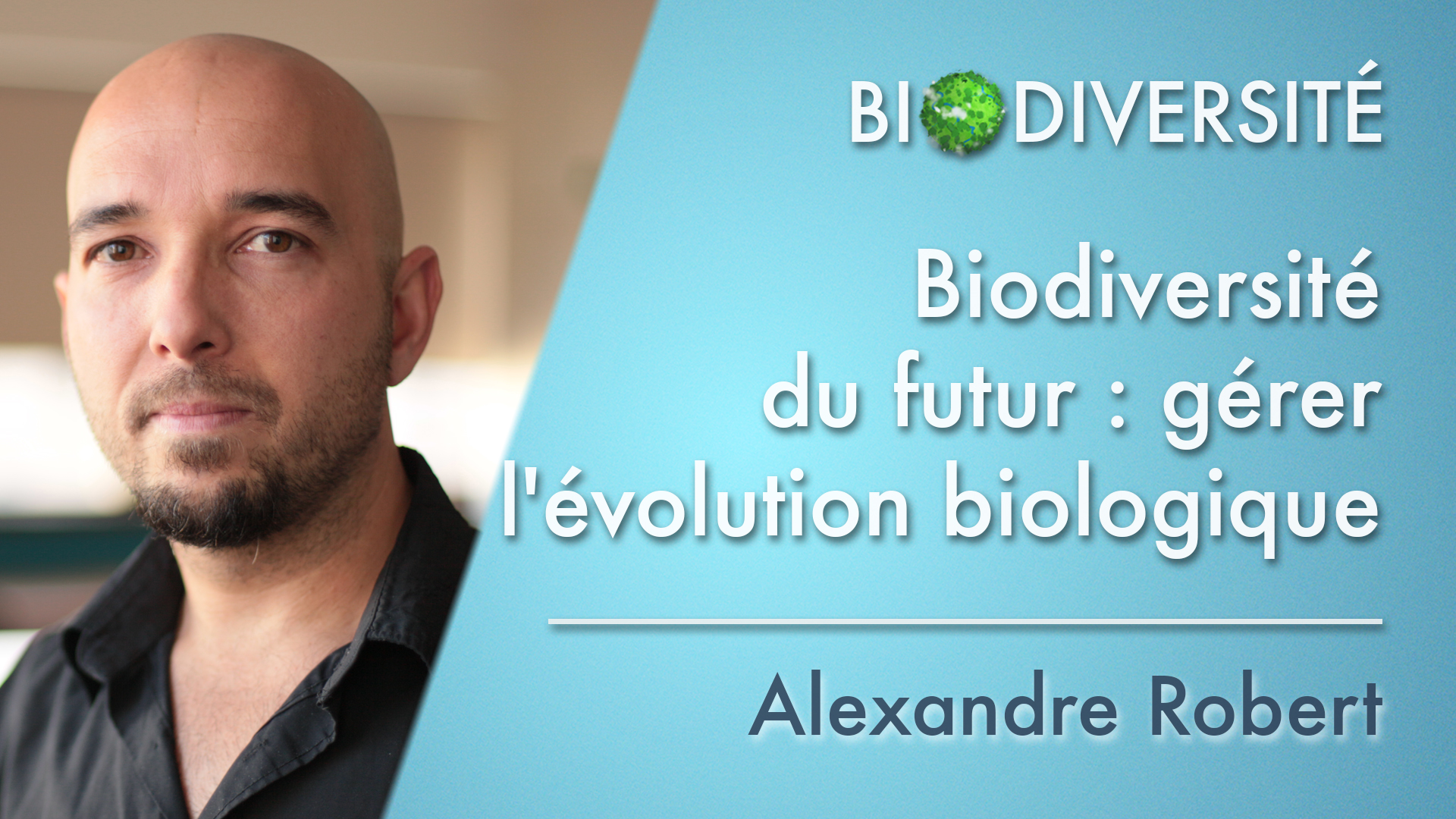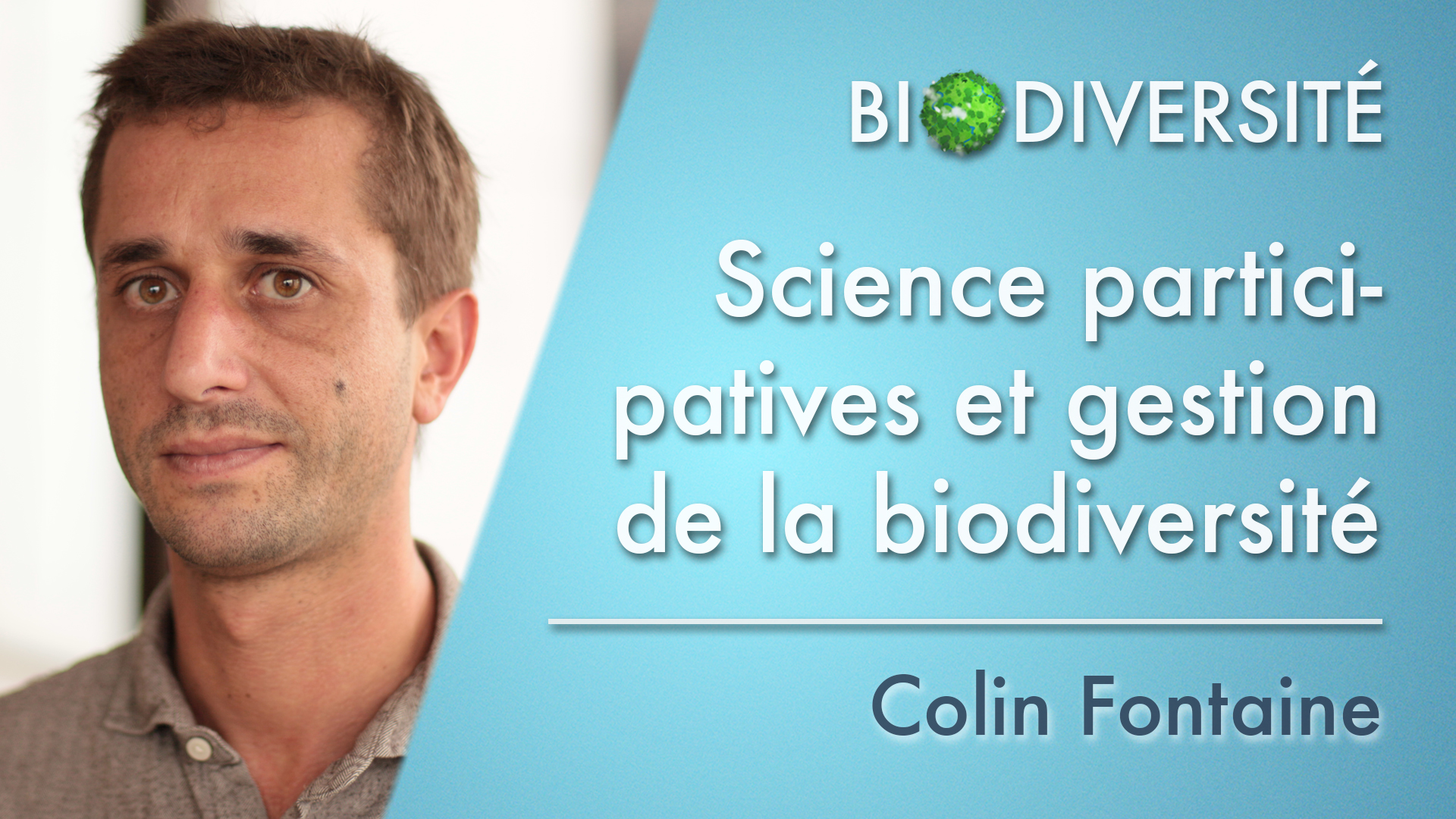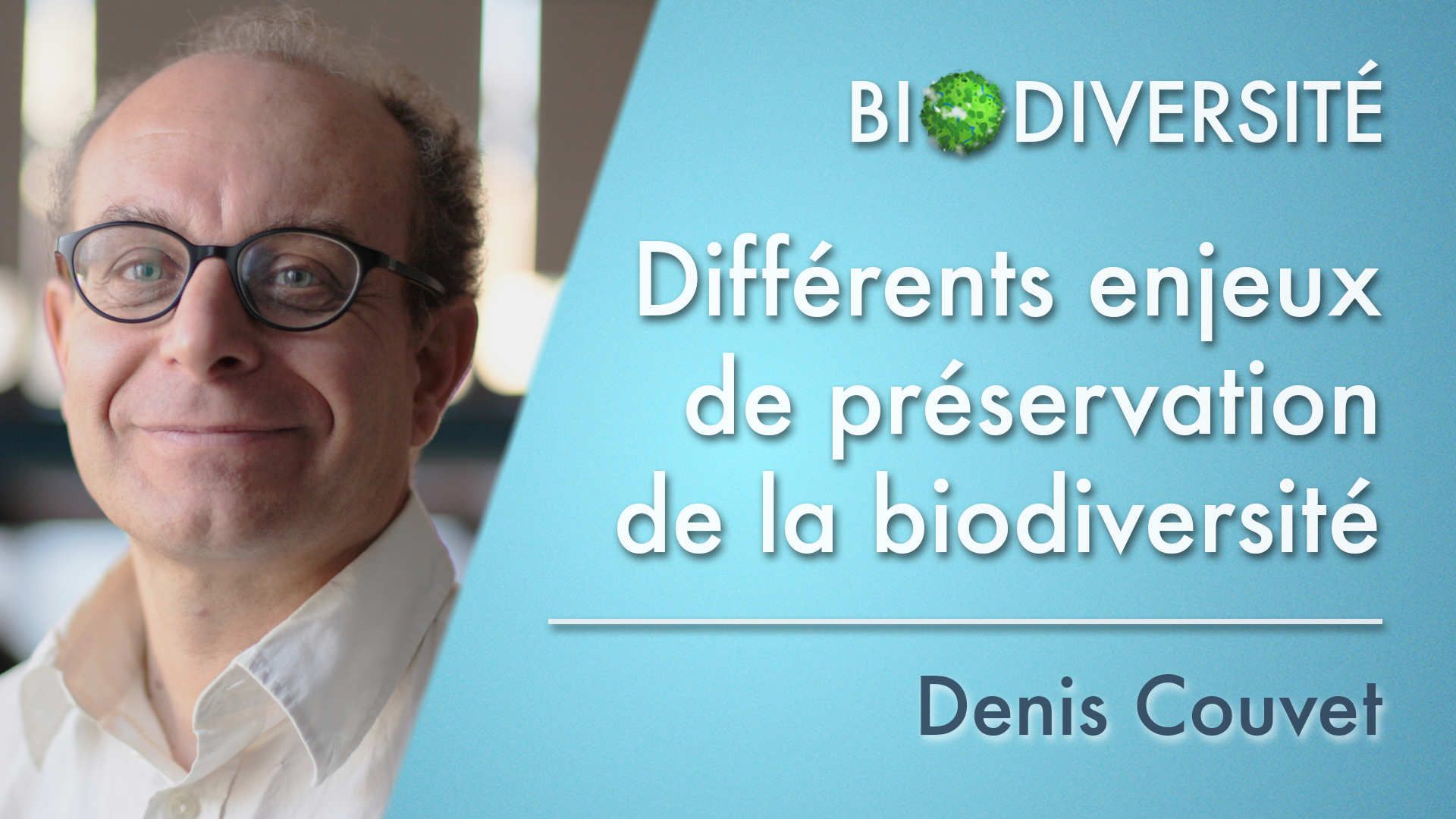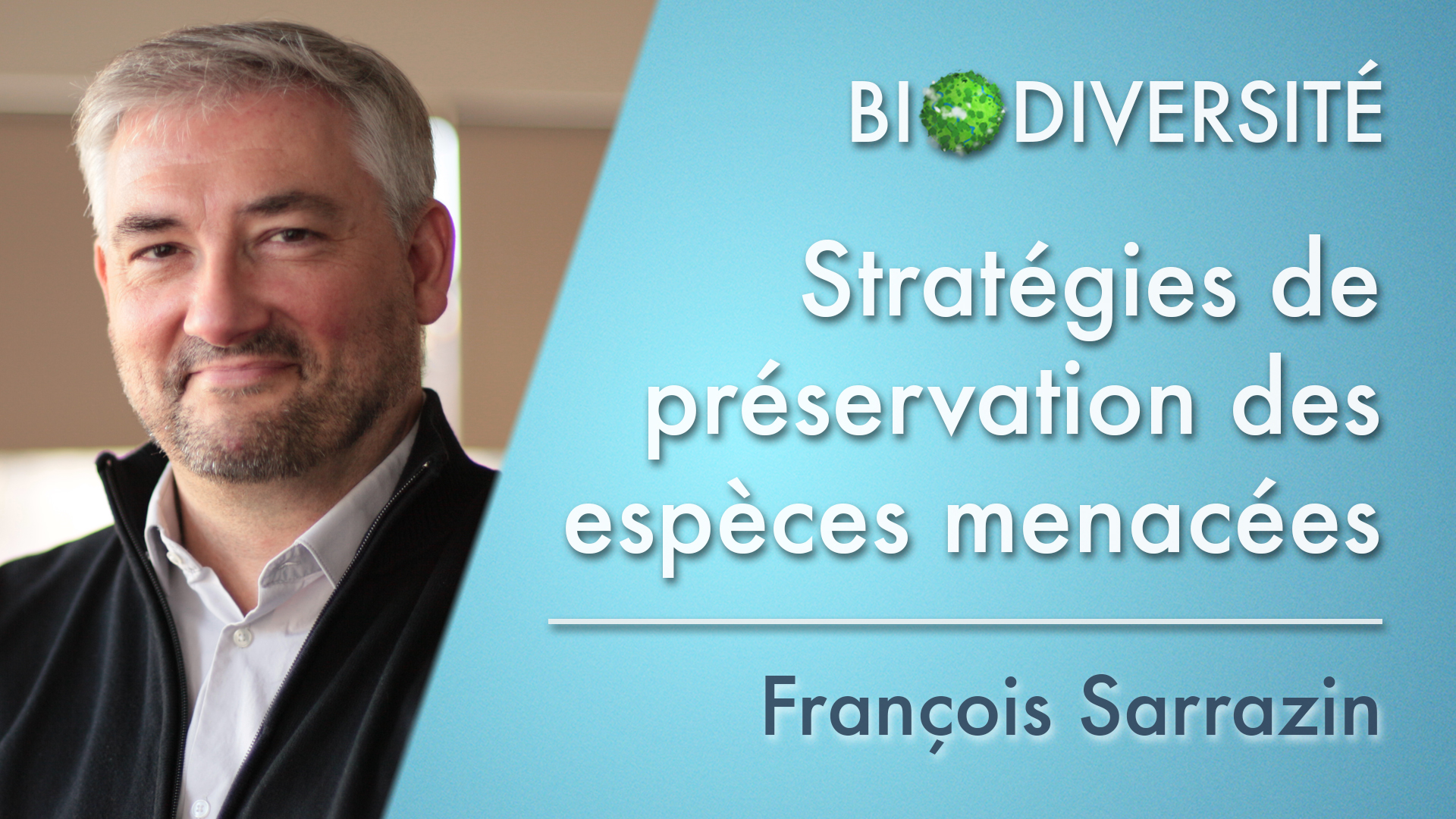Notice
EN-6. Biomonitoring
- document 1 document 2 document 3
- niveau 1 niveau 2 niveau 3
Descriptif
Stellio Casas presents the biomonitoring. This tool of biodiversity management can be used for the different biological levels of the life. It leads to the identification of bioaccumulators, biomarkers and biodiversity indications.
Intervention / Responsable scientifique
Dans la même collection
-
EN-2. Biodiversity and ecosystem services
CouvetDenisOn the basis of the 2005 Millenium Ecosystem Assessment, Denis Couvet defines the main categories of ecosystem services: support services, supply services, control services and cultural services. He
-
EN-5. Ordinary biodiversity: issues, protection
CouvetDenisDenis Couvet talks about the ordinary biodiversity, that is the biodiversity around us, which represents 80% of the world species. He proposes an overview of the condition of this biodiversity,
-
EN-9. The future of biodiversity: the need of managing the biological evolution
RobertAlexandreOn the basis of a reminder of the main factors supporting the biological evolution, Alexandre Robert presents some major and future orientations of the strategies of biodiversity preservation: the
-
Managing biodiversity - Introduction
Ecosystem services are today a very used approach to characterise the life contributions to the well-being of the humanity. Many strategies are deployed to preserve this biodiversity. But in a context
-
EN-3. Biodiversity management strategies facing direct pressures
CouvetDenisDenis Couvet proposes several strategies of biodiversity management, to meet the direct pressures the biodiversity is subjected to (destruction, overexploitation, ecotoxicity, invasive species,
-
EN-7. Participatory sciences and biodiversity management
FontaineColinColin Fontaine presents the interest and the functioning of the participatory sciences measures for the biodiversity. He evidences their benefits, for the scientists as well as for the observers, and
-
EN-1. Different issues of protecting biodiversity
CouvetDenisDenis Couvet presents the reasons that the biodiversity preservation makes sense: its inherent value, the functionality of ecosystems, and its progressive potential. In a second phase, he proposes a
-
EN-4. Strategies for protection of threatened species
SarrazinFrançoisFrançois Sarrazin focuses on the different strategies which can be used to preserve the endangered species. He firstly comes back to some factors of risk (climate, extinction, vortex), and to some
-
EN-8. How can society and biodiversity be reconcilied
CouvetDenisDenis Couvet presents an analysis framework which enables to better reconcile the human development of the biodiversity preservation. He explains the conditions of such a perspective and shows the
-
4. Stratégies de préservation des espèces menacées
SarrazinFrançoisFrançois Sarrazin focalise sa présentation sur les différentes stratégies qui peuvent être mobilisées pour préserver les espèces menacées d'extinction. Il revient tout d'abord sur quelques facteurs de
-
7. Sciences participatives et gestion de la biodiversité
FontaineColinColin Fontaine présente l'intérêt et le fonctionnement des dispositifs de sciences participatives pour la biodiversité. Il met en évidence leurs bénéfices, aussi bien pour les scientifiques que pour
-
2. Biodiversité et services écosystémiques
CouvetDenisSur la base des travaux du Millenium Ecosystem Assessment de 2005, Denis Couvet définit les grandes catégories de services écosystémiques : services de support, services d'approvisionnement, services
Avec les mêmes intervenants et intervenantes
-
6. La biosurveillance
CasasStellioDans cette intervention, Stellio Casas présente ce qu'est la biosurveillance. Cet outil de gestion de la biodiversité peut être décliné aux différents niveaux biologiques du vivant, ce qui conduit à l


